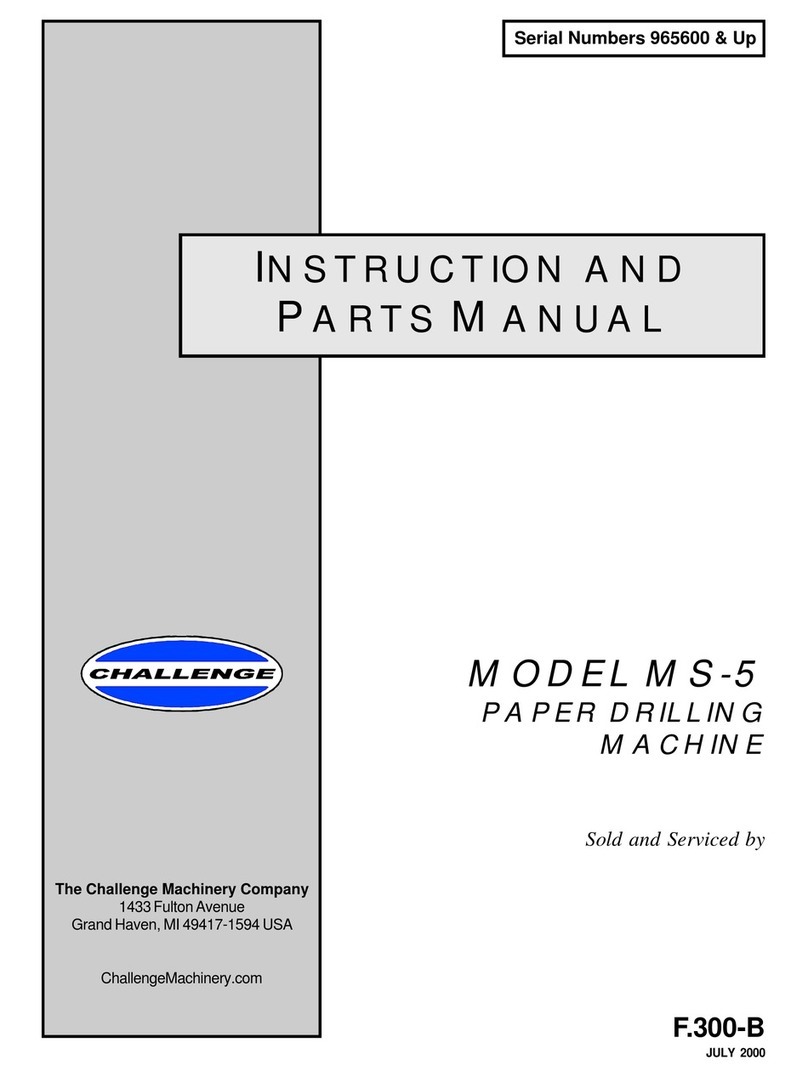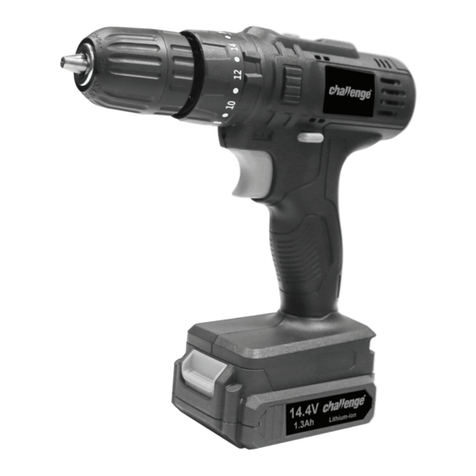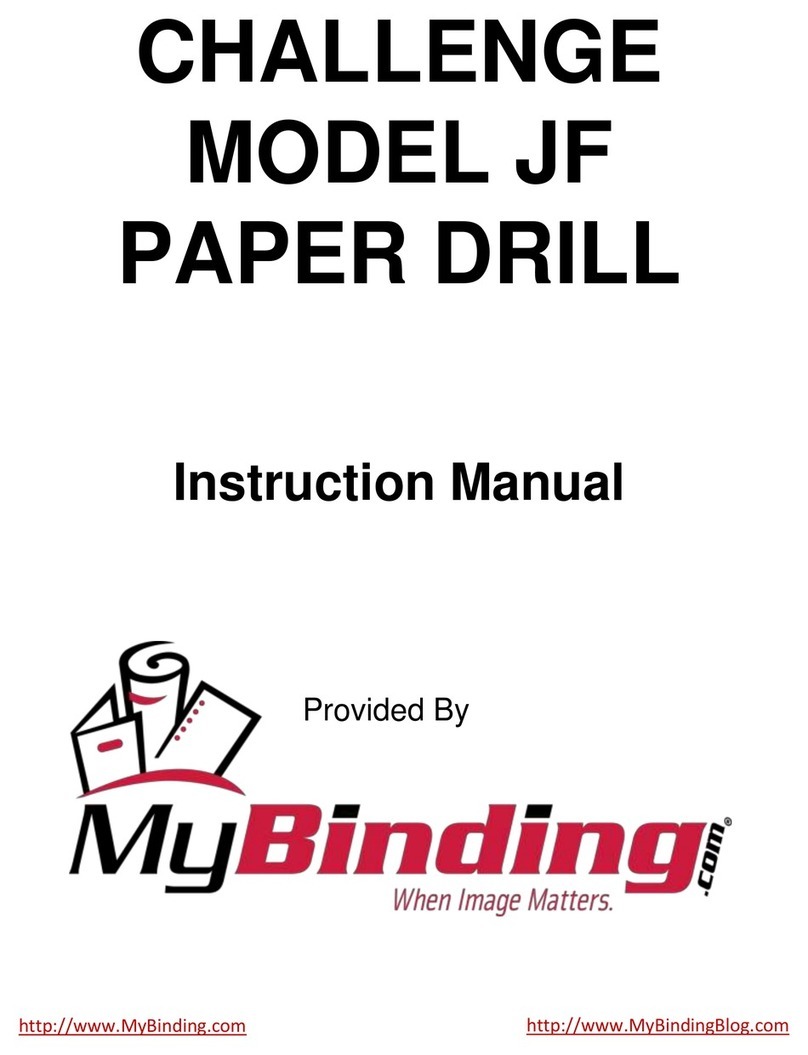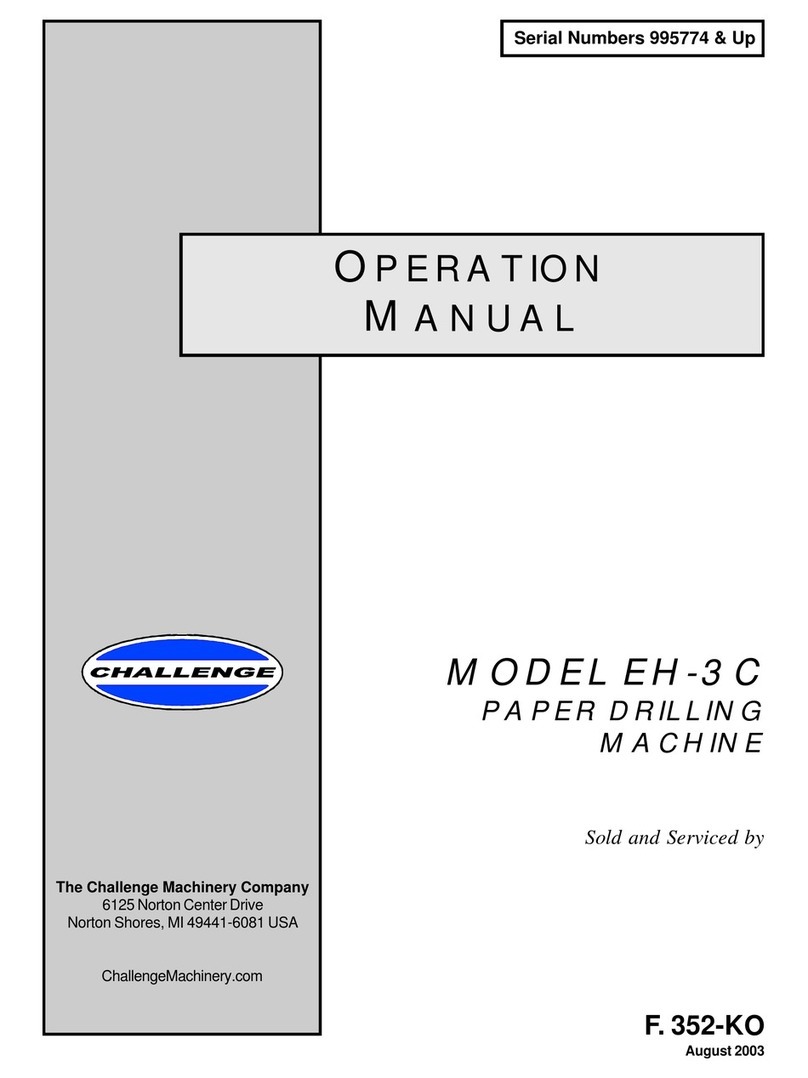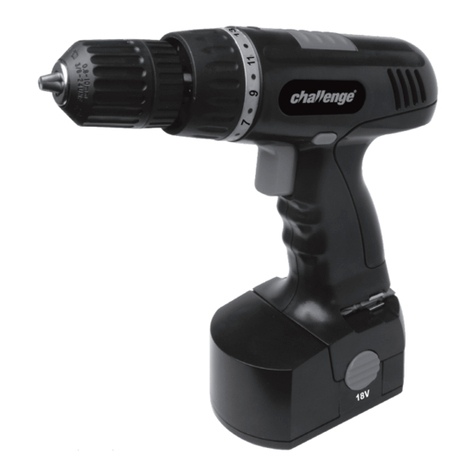
1.0 Introduction
3
TABLE OF CONTENTS
1.0 Introduction .................................................................................................................................2
2.0 Safety..........................................................................................................................................4
2.1 Precautions.............................................................................................................................4
2.2 Power Lockout Procedure .......................................................................................................4
2.3 Warning Label Definitions........................................................................................................5
3.0 Packing List.................................................................................................................................6
4.0 Specifications..............................................................................................................................7
5.0 Installation Guide.........................................................................................................................8
5.1 Inspecting Shipment................................................................................................................8
5.2 Uncrating the Paper Drill .........................................................................................................8
5.3 Assembly Instructions..............................................................................................................8
5.4 Power Hook Up.....................................................................................................................10
6.0 Operating Instructions................................................................................................................11
6.1 Starting the Machine .............................................................................................................11
6.2 Operating the Drill .................................................................................................................11
6.3 Setting the Side Guide Stops.................................................................................................11
6.4 Using the Side Guide ............................................................................................................11
7.0 Routine Adjustments/Maintenance.............................................................................................12
7.1 Adjusting the Vertical Stroke..................................................................................................12
7.2 Removing the Cutting Block ..................................................................................................12
7.3 Removing Drills From the Chuck ...........................................................................................12
7.4 Service Checklist...................................................................................................................12
7.4.1 Daily ..............................................................................................................................12
7.4.2 Weekly...........................................................................................................................12
8.0 Troubleshooting.........................................................................................................................13
9.0 Drilling Tips ...............................................................................................................................14
10.0 Parts List.................................................................................................................................16
10.1 Main Assembly – 46000, Rev. D..........................................................................................16
10.2 Backgauge Assembly – 10456, Rev. J.................................................................................18
10.3 Slitting and Slotting Attachments .........................................................................................19
10.3.1 V-Slotting.....................................................................................................................19
10.3.2 Slitting..........................................................................................................................21
10.4 Light Duty Cornering Machine – A-6401 ..............................................................................22
11.0 Accessories for Challenge Paper Drilling Machine ...................................................................25
11.1 Genuine Challenge Hollow Drills..........................................................................................25
11.2 Challenge Drill-Ease Lubricant Stick....................................................................................26
11.3 Challenge Drilling Blocks.....................................................................................................26
11.4 Challenge Fiber Blocks........................................................................................................26
11.5 Challenge Power Sharpener................................................................................................26
11.6 Hollow Drill Sharpener.........................................................................................................27
11.7 Fixed Gages and Extra Stops..............................................................................................28
11.7.1 Challenge Standard Fixed Gages.................................................................................28
11.7.2 Extra Stops ..................................................................................................................28
